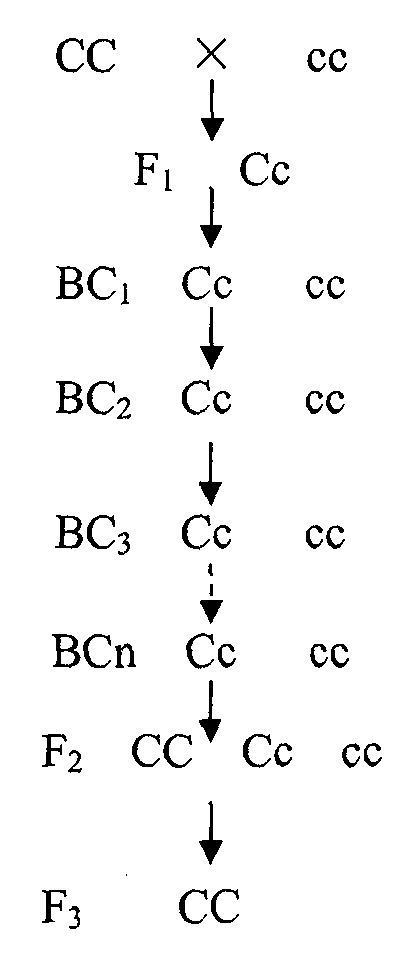Dark moth wing gene utilization method in silkworm genetic breeding
A technology of genetic breeding and dark moth, applied in the direction of animal husbandry and other directions, can solve the problems of the degree of practical application of pollution darkening genetic resources, reduce economic traits, and low, and achieve the effects of high practical value, low cost and simple process.
- Summary
- Abstract
- Description
- Claims
- Application Information
AI Technical Summary
Problems solved by technology
Method used
Image
Examples
Embodiment Construction
[0023] Such as figure 1 Shown is that the present invention provides the utilization method of dark moth wing gene in silkworm genetic breeding, comprises the following steps:
[0024] (1) select the silkworm kind that needs transformation as parent;
[0025] (2) Carry out hybridization with the basic variety containing the dark-colored moth-wing gene and the silkworm variety that needs to be transformed, and obtain new varieties with excellent properties and dark-colored moth-wing characteristics after multiple backcrosses and multi-generational cross-breeding:
[0026] Introduce the dominant dark moth wing gene C into the selected transformation material cc;
[0027] All are heterozygous individuals with dominant genes, and the required transformation material cc for backcrossing is 50%;
[0028] Select Cc individual backcross to select the required transformation material cc, 75%;
[0029] 87.5% of the transformation material cc selected for backcrossing of Cc individual...
PUM
 Login to View More
Login to View More Abstract
Description
Claims
Application Information
 Login to View More
Login to View More - R&D
- Intellectual Property
- Life Sciences
- Materials
- Tech Scout
- Unparalleled Data Quality
- Higher Quality Content
- 60% Fewer Hallucinations
Browse by: Latest US Patents, China's latest patents, Technical Efficacy Thesaurus, Application Domain, Technology Topic, Popular Technical Reports.
© 2025 PatSnap. All rights reserved.Legal|Privacy policy|Modern Slavery Act Transparency Statement|Sitemap|About US| Contact US: help@patsnap.com

